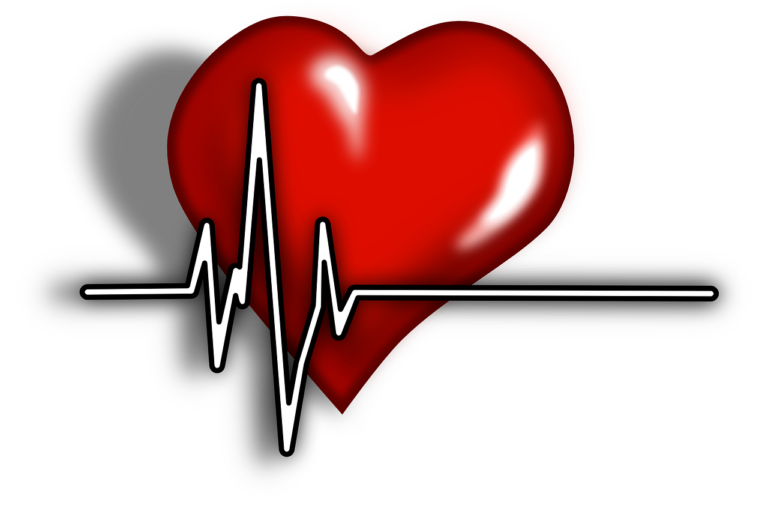
Heart attack and coronary artery disease is the leading killer of both men and women in the United States.
A heart attack occurs if the flow of oxygen-rich blood to a section of heart muscle suddenly becomes blocked. If blood flow isn’t restored quickly, the section of heart muscle begins to die.
Risk factors for heart attacks include modifiable conditions such as diabetes, smoking, high blood pressure, high cholesterol, obesity, sedentary lifestyle. Older age and family history adds to the risk of heart attack.
Symptoms of heart attack usually include chest pressure or tightness, discomfort in the jaw or arms, shortness of breath, cold sweat, dizziness and sudden nausea or vomiting. More symptoms suggest a higher likelihood of a heart attack.
Women, diabetics and older patients may not have the above typical symptoms of heart attack and in many instances have no symptoms (‘silent ischemia”).
Heart attack is diagnosed by electrocardiogram (ECG), blood tests and coronary angiogram in patients with consistent signs and symptoms.
Early treatment for a heart attack can prevent or limit damage to the heart muscle. Call 911 immediately if you suspect a heart attack.
Treatment of heart attack starts with EMS — initiation of oxygen, aspirin and other medications such as beta blockers.
Further treatment in the hospital usually involves an emergent non-surgical procedure under X-ray (angioplasty) to unclog a blocked or narrowed artery that is causing the heart attack and in some instances use of clot busting medications.
Depending on the extent of damage from the heart attack, additional treatments may include use of medications, coronary artery bypass surgery, use of ventilators to help breathing, temporary pacemakers or defibrillators etc. Learn more about heart attack and its treatments by downloading CardioVisual for iPhone or iPad or for Android.
Early treatment for a heart attack can prevent or limit damage to the heart muscle.
Risk of a second heart attack can be significantly reduced by following a lifestyle of healthy diet, exercise, weight loss, smoking cessation, taking medications regularly and following your physicians instructions. Talk to your doctor about it.
Acting fast and calling 911 at the first sign of heart attack symptoms can save your life!